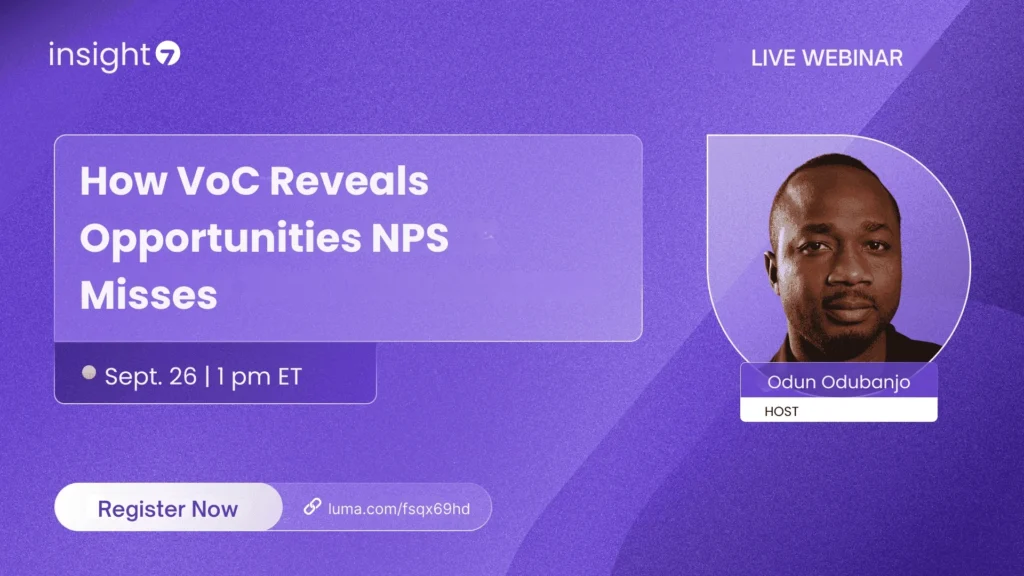How AI Call Analytics Improves Live Call Conversion Rates
-
Bella Williams
- 10 min read
AI-powered call analytics is revolutionizing the way businesses engage with customers during live conversations. By leveraging advanced technologies such as natural language processing and machine learning, organizations can gain deep insights into customer interactions, leading to improved conversion rates and enhanced customer satisfaction. This technology not only streamlines the analysis of customer feedback but also empowers sales teams to make data-driven decisions that directly impact their bottom line.
Current Market Urgency for AI-Powered Call Analytics
Sales teams face numerous challenges during live conversations, including understanding customer needs, managing objections, and ensuring compliance with regulations. These challenges can significantly impact conversion rates, as missed opportunities often arise from a lack of actionable insights. Traditional manual call reviews and sampling methods fall short in providing a comprehensive understanding of customer interactions, leaving teams with limited visibility into performance.
The urgency for adopting AI call analytics has never been greater. Rapid advancements in AI technology, coupled with evolving customer expectations for personalized experiences, necessitate a shift from outdated practices. Compliance regulations also demand more rigorous monitoring of customer interactions, making AI call analytics an essential tool for businesses aiming to stay competitive.
What Is AI-Powered Call Analytics in Simple Terms?
AI-powered call analytics refers to the use of artificial intelligence to analyze voice conversations in real-time, extracting actionable insights that can drive business decisions. Unlike traditional call monitoring systems that merely record conversations, AI analytics provides a deeper understanding of customer sentiment, intent, and behavior.
This technology enables businesses to unlock a wealth of information from customer interactions, facilitating personalized experiences and informed decision-making. By analyzing patterns in conversations, organizations can identify winning strategies that lead to higher conversion rates and improved customer satisfaction.
Key Capabilities of AI-Powered Call Analytics
- Real-time sentiment monitoring → Prevent customer escalations and improve satisfaction scores by 30%.
- Automatic conversation summarization → Reduce post-call admin time by 70% and enhance agent productivity.
- Compliance violation detection → Eliminate regulatory risks through 100% call monitoring and alerting.
- Performance coaching insights → Improve sales conversion rates by 25% by identifying winning conversation patterns.
- Customer intent prediction → Increase upsell opportunities by 40% through behavioral analysis.
- Competitive mention tracking → Gather market intelligence to refine positioning and pricing strategies.
Corporate Investment Trends in AI-Powered Call Analytics
The adoption of AI call analytics is driven by several key business factors. Organizations are increasingly recognizing the need to address pain points such as missed coaching opportunities, compliance blind spots, and customer churn. AI call analytics directly addresses these issues by providing real-time insights that enhance decision-making and operational efficiency.
Speed, personalization, and forecasting capabilities are significant advantages that AI offers over traditional approaches. Businesses that invest in AI call analytics can expect to see improved customer engagement, higher conversion rates, and a more agile response to market changes.
What Data Makes AI-Powered Call Analytics Work?
Effective AI call analytics relies on a variety of input data, including call audio, customer context, and historical outcomes. Integrating multiple data sources, such as CRM systems, product data, and agent performance metrics, enhances the accuracy and relevance of AI insights. A robust data foundation allows organizations to derive actionable insights that drive business results, ultimately leading to improved conversion rates.
AI-Powered Call Analytics Operational Framework
- Identify sources of voice data (phone systems, video calls, recorded meetings).
- Explain how AI converts speech to text, including speaker identification and timing.
- Describe the patterns identified (e.g., sentiment shifts, objection handling techniques, closing strategies).
- Illustrate how models improve through historical conversation data and business outcomes.
- Detail how insights are delivered in real-time during calls and in post-call analytics.
- Explain how results are tracked and incorporated into coaching and process improvement initiatives.
Where Can AI-Powered Call Analytics Be Applied?
- Boosting sales team win rates through effective objection handling analysis.
- Enhancing customer service outcomes and first-call resolution rates with real-time coaching.
- Improving customer retention by identifying at-risk conversations and proactively addressing issues through sentiment monitoring.
- Ensuring adherence to regulations across all customer interactions with compliance monitoring.
- Enhancing market positioning and informing pricing strategies through competitive intelligence gathering.
Platform Selection and Tool Evaluation
When evaluating AI-powered call analytics platforms, critical features include speech recognition accuracy, real-time processing capabilities, CRM integration, and multilingual support. Compared to traditional call monitoring systems, AI-powered platforms offer superior functionality and effectiveness, enabling organizations to analyze 100% of calls rather than relying on a small sample.
Example Comparison:
| Feature | AI-Powered Platform | Traditional Approach |
|---|---|---|
| Coverage | 100% of calls analyzed | 5-10% manual sampling |
| Speed | Real-time insights | Post-call manual review |
| Consistency | AI-driven objective scoring | Subjective human evaluation |
| Scalability | Enterprise-wide deployment | Limited by QA team capacity |
| Integration | Automated CRM and workflow updates | Manual data entry and follow-up |
Common Challenges and Solutions With AI-Powered Call Analytics
Organizations may encounter several challenges that can reduce the ROI of AI call analytics. These include inadequate audio quality leading to poor transcription accuracy, lack of alignment among stakeholders on success metrics, and insufficient training on interpreting AI-generated insights. To maximize the benefits of AI call analytics, businesses must ensure robust integration into existing workflows and provide adequate training for teams.
AI-Powered Call Analytics Implementation Roadmap
- Integrate with existing phone systems, CRM platforms, and contact center infrastructure.
- Sync historical call recordings and customer data to establish AI model training baselines.
- Configure role-specific dashboards for agents, managers, and executives to access insights.
- Train and refine AI models using business-specific terminology and success criteria.
- Roll out pilot use cases with high-impact teams (sales, support, compliance) to validate effectiveness.
- Expand deployment and optimize based on feedback loops and continuous learning processes.
What Does an Ideal AI-Powered Call Analytics Setup Look Like?
To maximize ROI and user adoption, organizations should structure review cycles and coaching processes around AI insights. An ideal setup includes a sufficient volume of historical conversation data for accurate AI model training and performance validation. Balancing automated insights with human expertise is crucial for effective decision-making processes.
Success Metrics and Performance Tracking
Key metrics for measuring the success of AI call analytics include:
- Sales conversion rate improvements driven by analysis of conversation patterns.
- Customer satisfaction score increases achieved through sentiment monitoring and timely interventions.
- First-call resolution improvements resulting from real-time coaching and optimized processes.
- Reduction in compliance violations through automated monitoring and alert systems.
- Agent performance enhancements measured by coaching effectiveness and engagement levels.
- Revenue impact from identifying upsell and cross-sell opportunities through AI insights.
The universal principle is that success comes not from merely "having call analytics," but from leveraging AI insights to enhance customer conversations and drive tangible business outcomes.
FAQs About AI-Powered Call Analytics
- What is AI-powered call analytics? → A technology that utilizes speech recognition, natural language processing, and machine learning to analyze customer conversations for actionable insights.
- How does it differ from traditional call recording? → Active analysis versus passive storage—providing real-time insights and actionable recommendations rather than just archiving conversations.
- Can it integrate with our existing CRM and phone systems? → Yes, most platforms offer APIs and pre-built connectors for popular business tools to ensure seamless integration.
- How much historical conversation data is needed for effective model training? → Typically, 3-6 months of historical calls are required to establish a solid training baseline for AI models.
- Is it compliant and secure? → Enterprise platforms are designed to meet SOC2, GDPR, HIPAA, and other security standards to protect sensitive data.
- What is the typical ROI timeline? → Initial insights can be gained within weeks, while measurable business impacts are often seen within 3-6 months of implementation.
Final Takeaway
AI-powered call analytics is essential for the future of customer engagement and business growth. By adopting the right platform, organizations can transition from reactive call reviews to proactive conversation optimization. Evaluating potential platforms, piloting high-impact use cases, and measuring business results will drive continuous improvement and ultimately enhance conversion rates.







